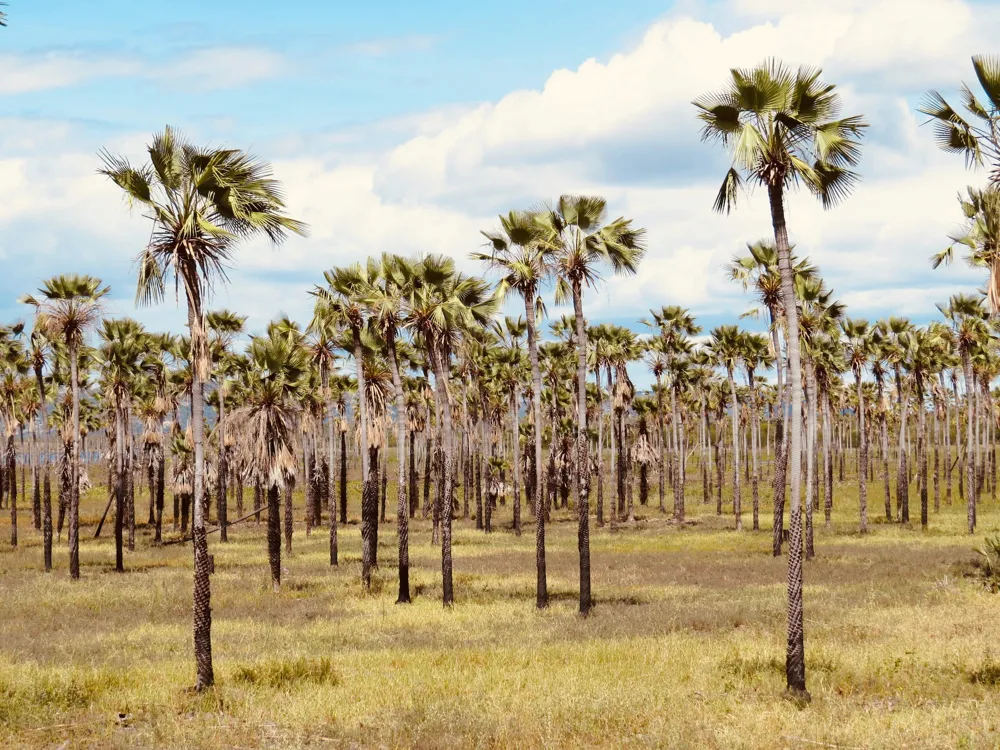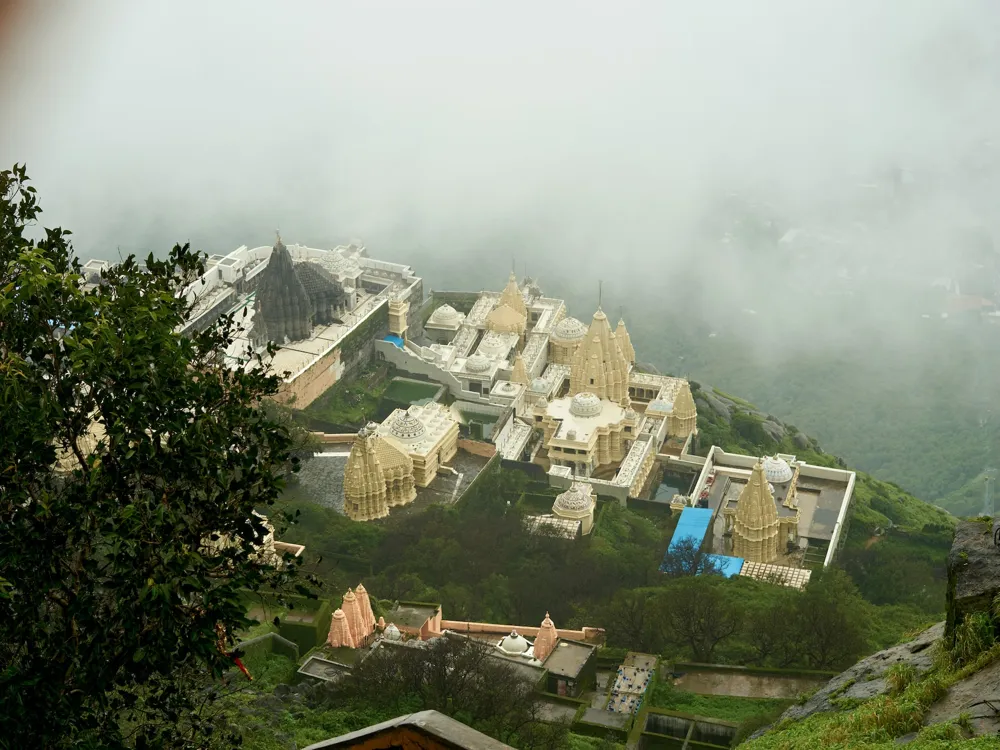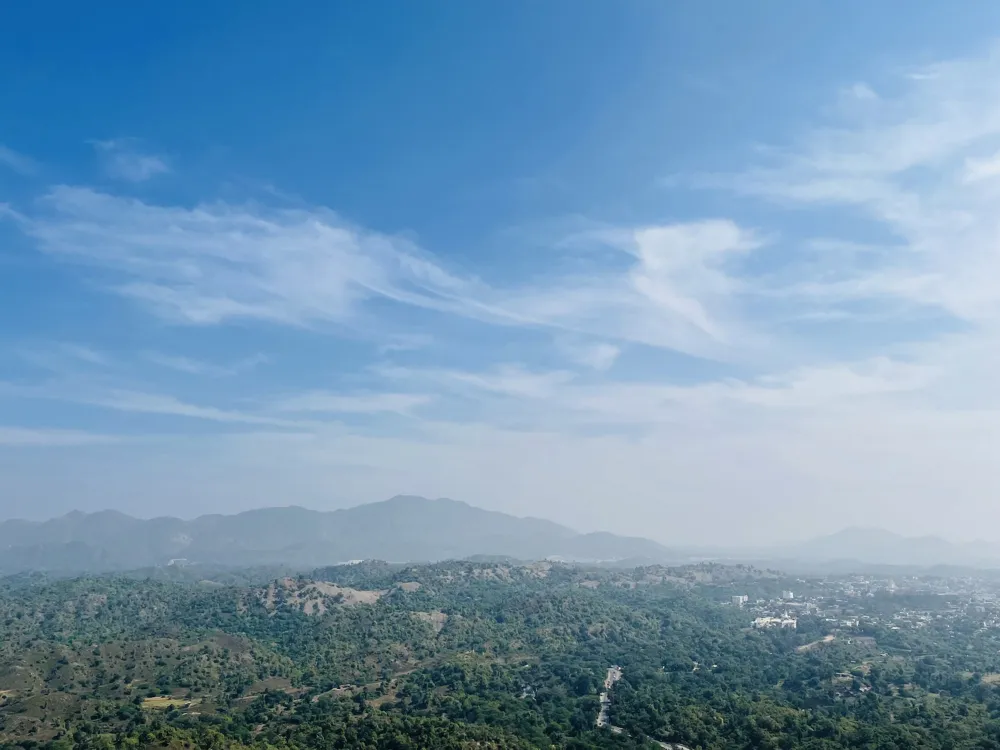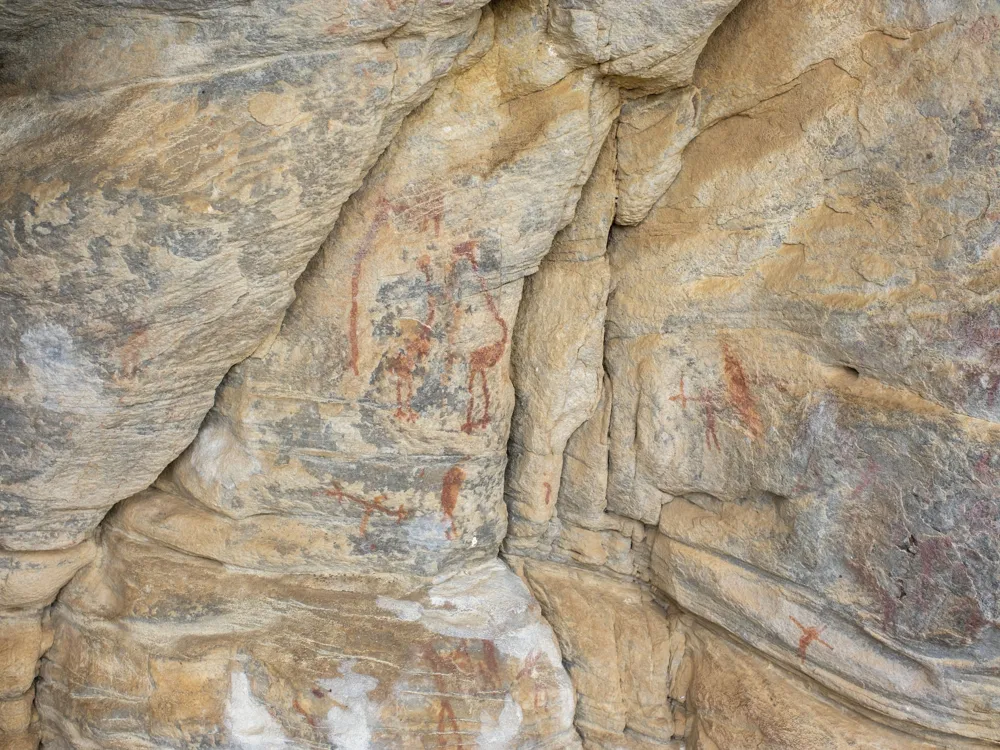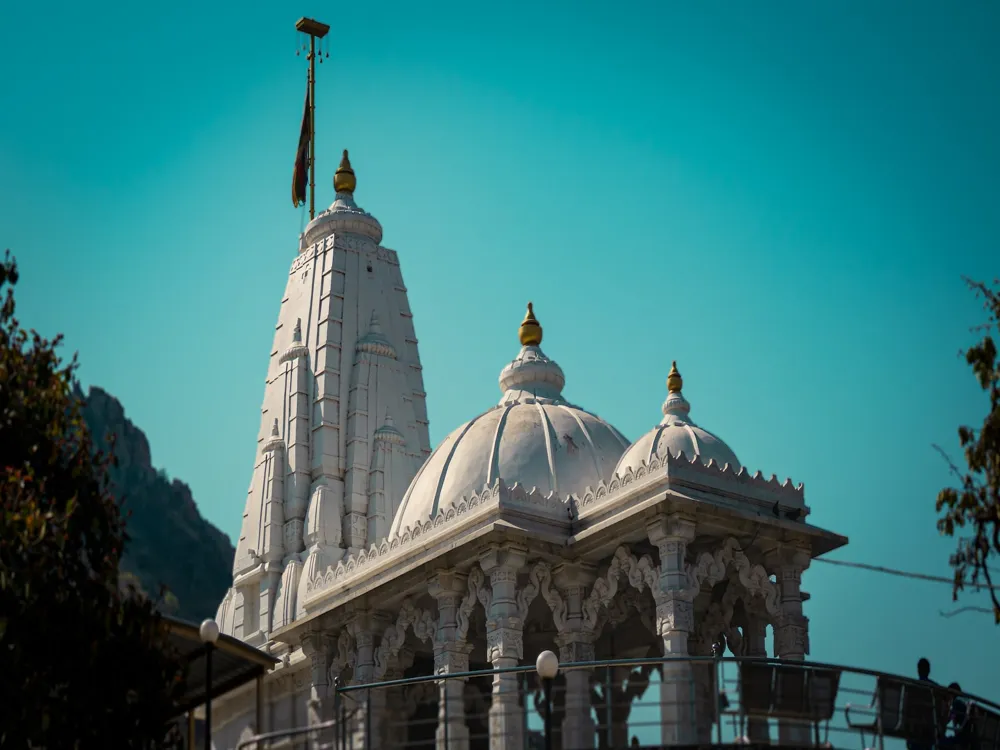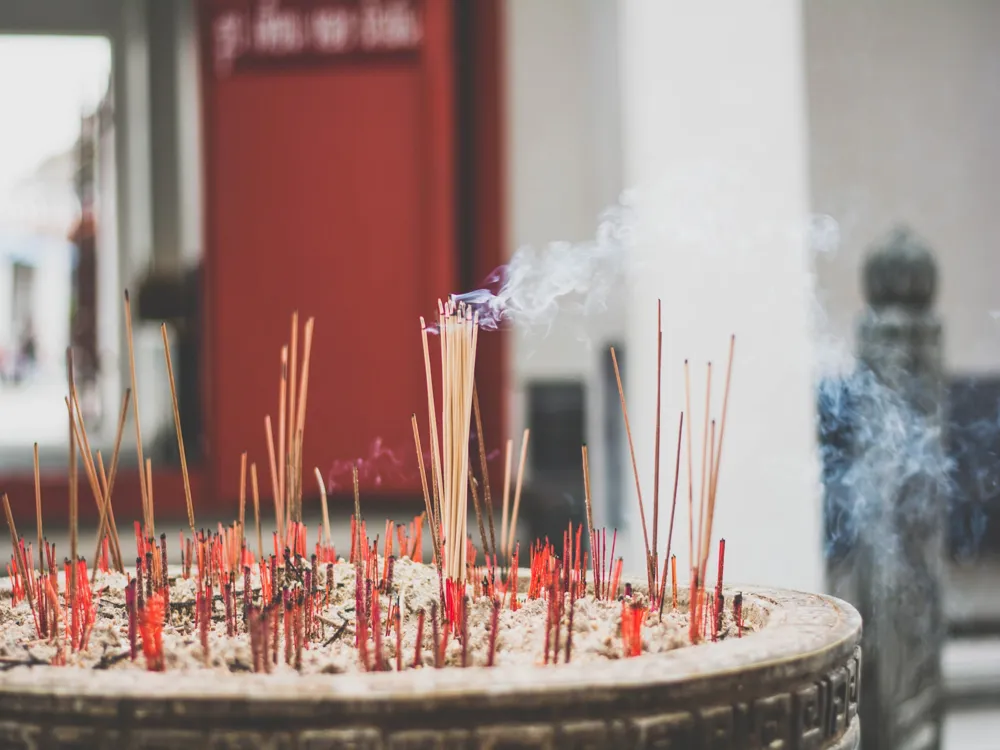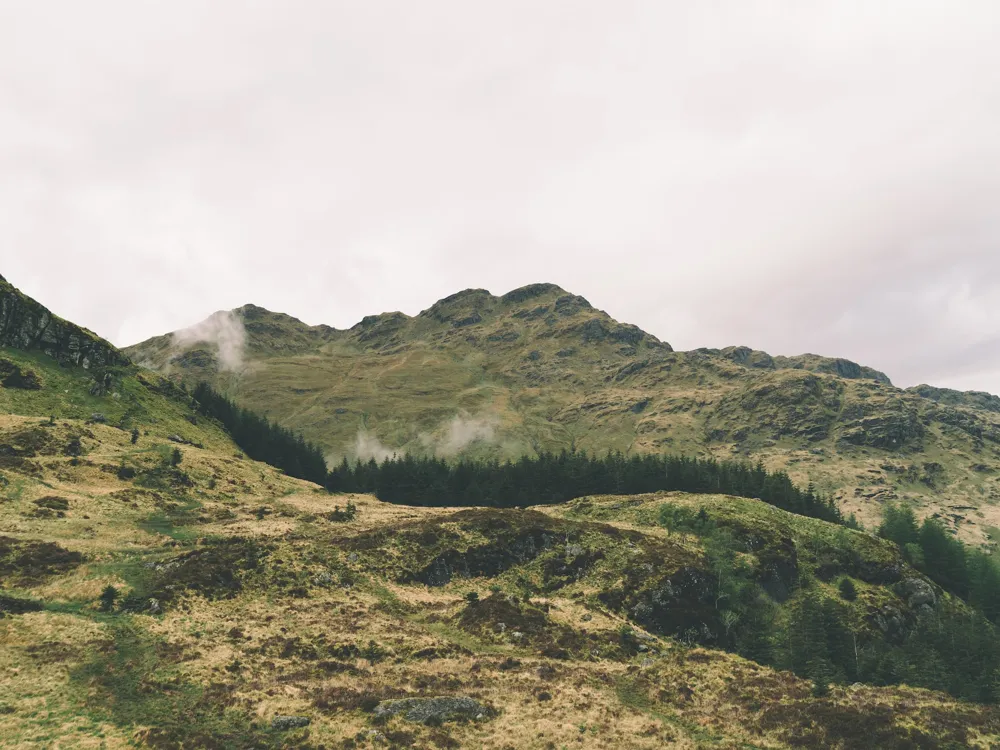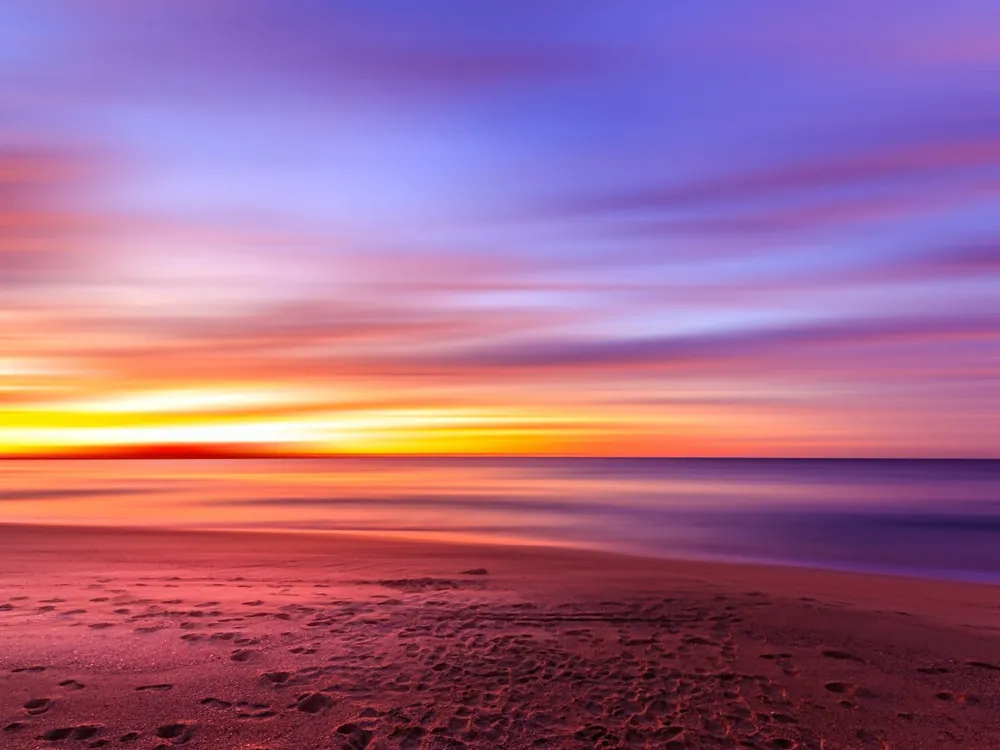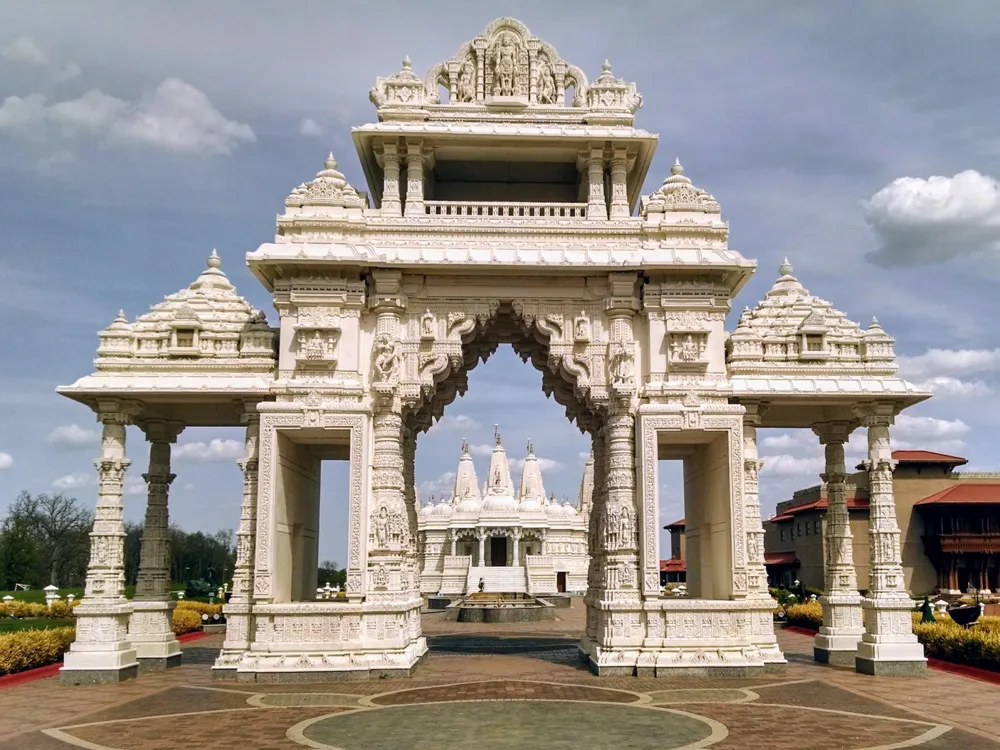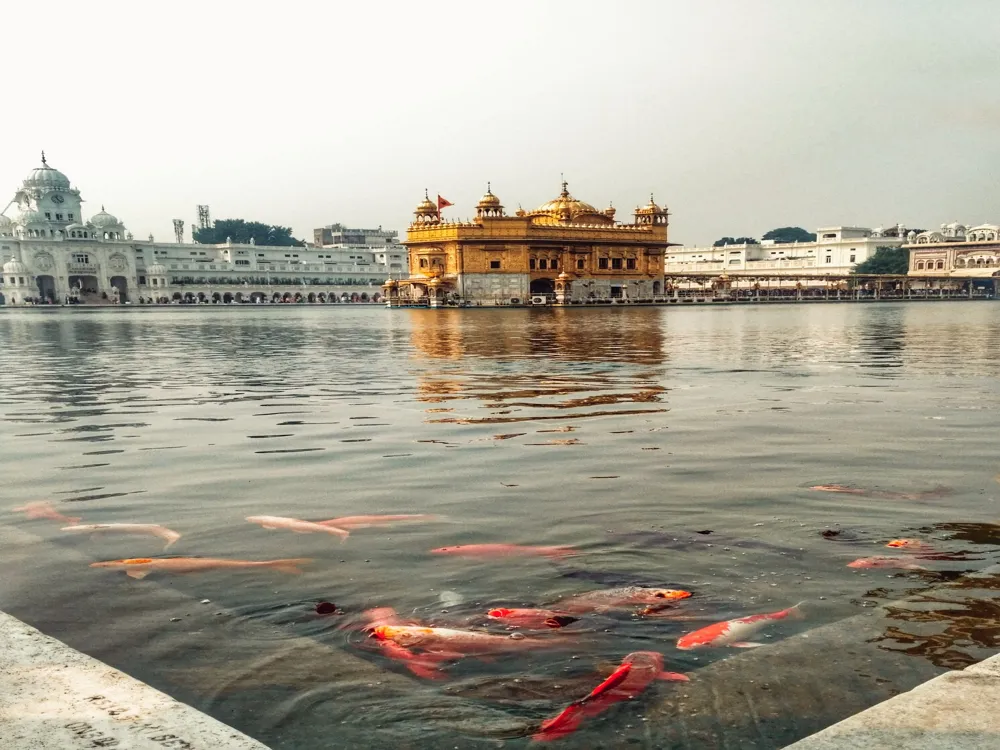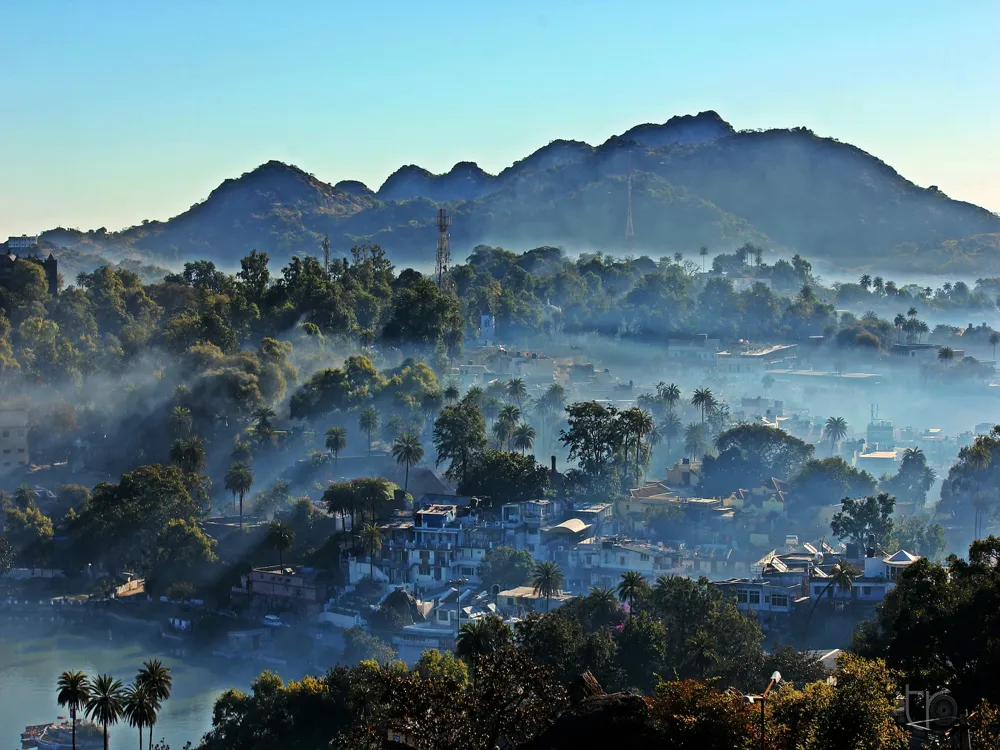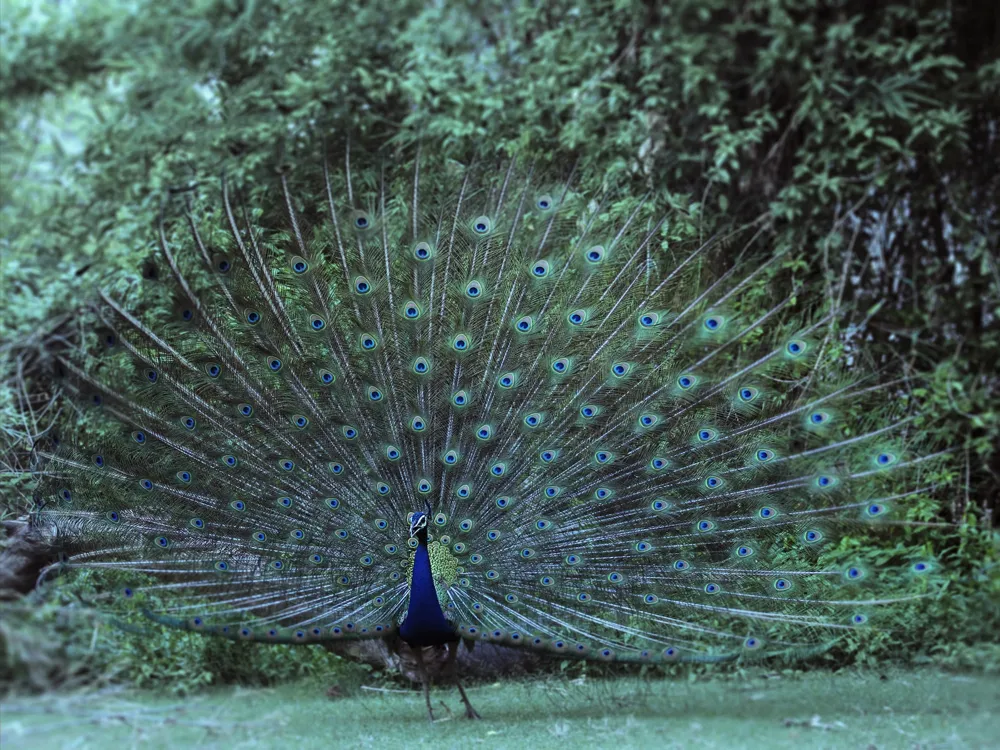Best Time to Visit Danta Ambaji
Gujarat India
17 out of 24 Places to visit in GujaratNaN onwards View Packages
Get Customized PackagesThe Land of Diversity
Top Hotel Collections

Private Pool

Luxury Hotels

5-Star Hotels

Pet Friendly
What is the Best Time to Visit Danta Ambaji?
Danta Ambaji, a hidden gem nestled in the heart of nature, invites travelers to explore its beauty throughout the year. Knowing the best time to visit this enchanting destination can significantly enhance your experience. Here, we delve into the intricacies of each season, providing you with insights that go beyond the ordinary.
More about the Best Time to Travel to Danta Ambaji
Travel Peak Season in Danta Ambaji
Danta Ambaji truly comes alive during its peak season, which spans from October to March. This period offers a perfect blend of pleasant weather and vibrant festivities. The temperature hovers between 15 to 30 degrees Celsius, making it ideal for outdoor exploration. The clear skies and comfortable temperatures create an inviting atmosphere for sightseeing, trekking, and immersing yourself in the local culture.
Travel Offseason in Danta Ambaji
For those seeking a more tranquil experience, the offseason from April to June provides a unique charm. While the temperatures rise, ranging from 25 to 40 degrees Celsius, the quieter ambiance allows for a deeper connection with the serene surroundings. This time is perfect for introspection, nature walks, and enjoying the solitude that Danta Ambaji graciously offers.
Danta Ambaji Travel Packages
View All Packages For Danta Ambaji
Danta Ambaji in Shoulder Season
The shoulder season, extending from July to September, presents a delightful mix of rain-kissed landscapes and cultural allure. The temperature ranges between 20 to 35 degrees Celsius, offering a moderate climate. The lush greenery during this time enhances the scenic beauty, and the occasional drizzles add a touch of romance to your visit.
Danta Ambaji in Hot Season
The hot season, spanning from April to June, unfolds warm days and cooler nights. With temperatures ranging from 25 to 40 degrees Celsius, this period is perfect for those who enjoy the sun's warmth. Engage in daytime activities, and as the evening sets in, relish the cool breeze that sweeps through the region.
Danta Ambaji in Rainy Season
Embrace the magic of Danta Ambaji during the rainy season from July to September. The landscape transforms into a lush green paradise, and the monsoon showers bring a refreshing touch. The temperature ranges from 20 to 30 degrees Celsius, making it an excellent time for nature enthusiasts to witness the vibrant flora in full bloom.
Danta Ambaji in Cool Season
The cool season, from October to March, marks the onset of winter. The temperature drops to a comfortable 10 to 25 degrees Celsius, creating a crisp and refreshing atmosphere. This season is perfect for exploring historical sites, indulging in local cuisine, and immersing yourself in the rich cultural heritage of Danta Ambaji.
Places To Visit In Danta Ambaji
View All Places To Visit In AmbajiNearby Places Danta Ambaji
Danta Ambaji Photos
View All Photos For Danta AmbajiBrowse Package Collections
Browse Hotel Collections
Faq
Q: When is the ideal time to plan a visit to Danta Ambaji?
A: The best time to visit Danta Ambaji is during the months of October to March. The weather during this period is pleasant, with temperatures ranging from 15°C to 30°C, making it comfortable for sightseeing and outdoor activities.
Q: Are there any specific months to avoid visiting Danta Ambaji?
A: It is advisable to avoid visiting Danta Ambaji during the summer months of April to June, as temperatures can soar, exceeding 40°C. This period may not be conducive for exploring the attractions, and the heat can be quite intense.
Q: What is the significance of visiting Danta Ambaji during the monsoon season?
A: The monsoon season, from July to September, brings lush greenery to the region, enhancing the scenic beauty. However, heavy rainfall may disrupt travel plans, and some outdoor activities may be limited during this time. Travelers should check weather updates before planning a visit during the monsoon.
Q: Are there any festivals or events that one should consider while planning a trip to Danta Ambaji?
A: The Bhadarvi Poonam Fair, held in August or September, is a significant event in Danta Ambaji. It attracts pilgrims and tourists alike. If you are interested in experiencing the local culture and festivities, planning your visit around this time could be rewarding.
Q: Can I visit Danta Ambaji during the winter months?
A: Yes, winter (November to February) is another excellent time to visit Danta Ambaji. The weather remains cool and pleasant, making it ideal for exploring the temples and natural beauty of the region. However, it's advisable to carry warm clothing, especially during the evenings and early mornings.

